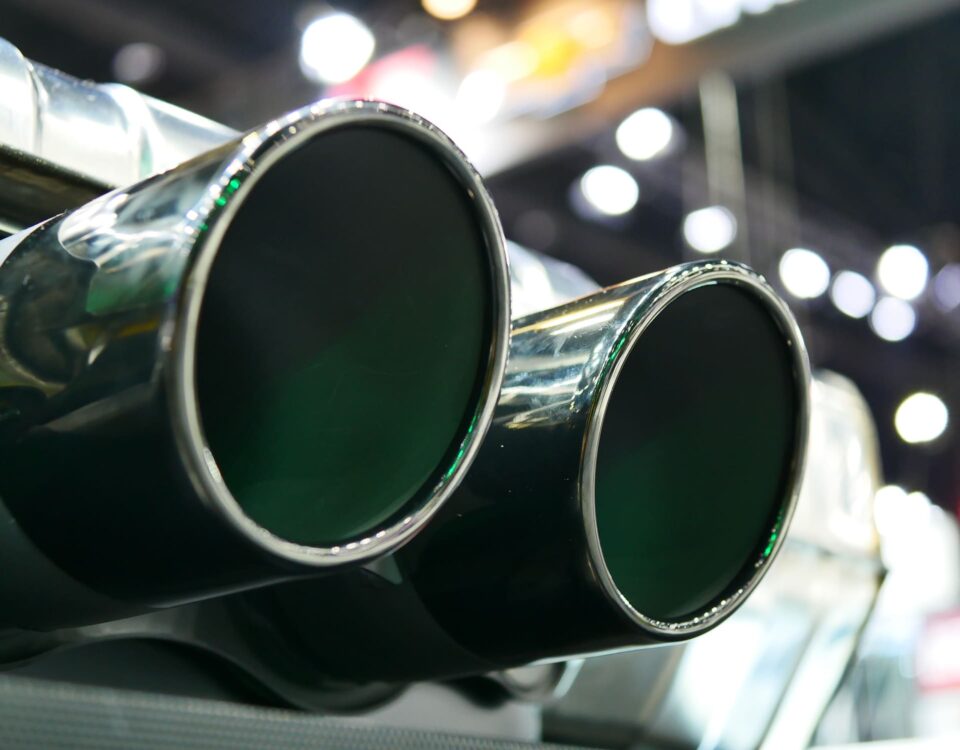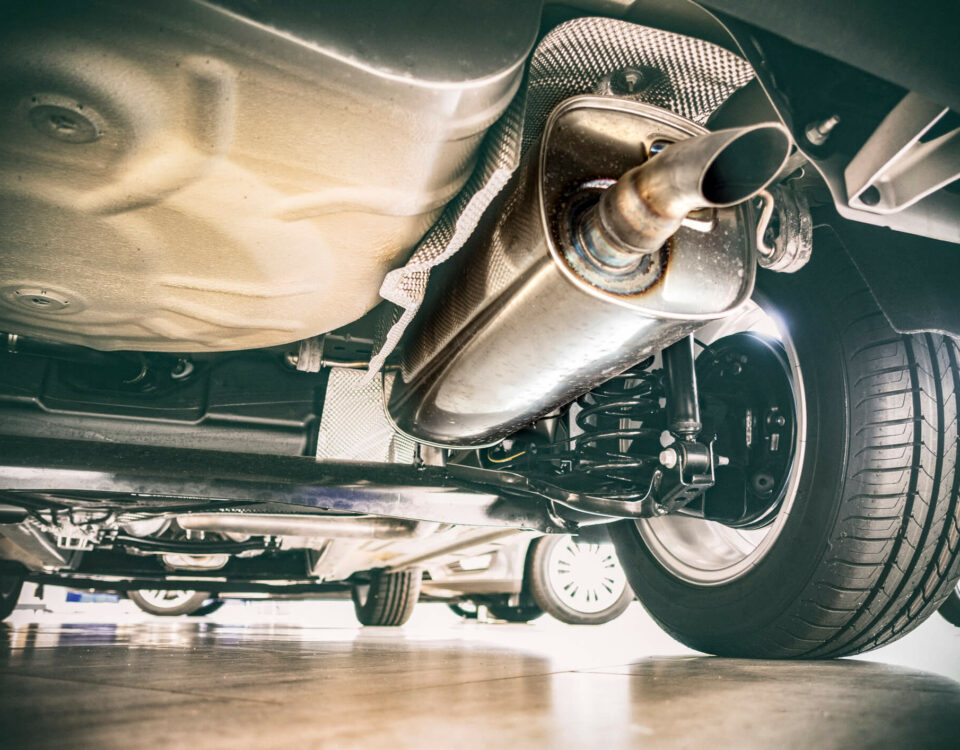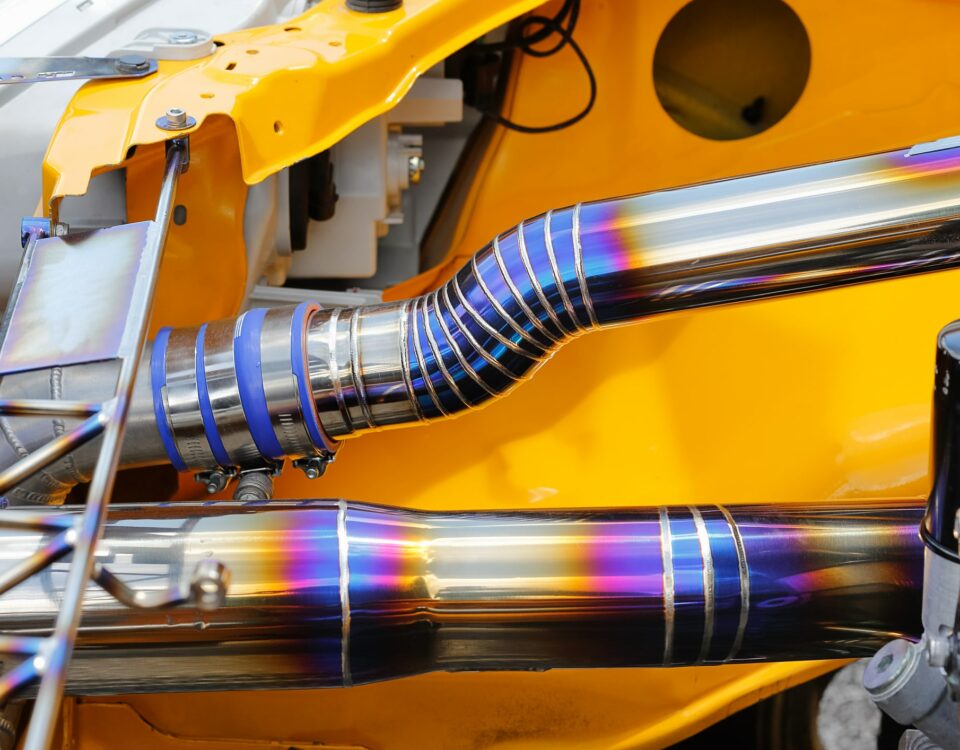How Do Stainless Steel Exhausts Change Your Car’s Sound?
The Effect of Stainless Steel Exhaust System on Your Car’s Sound
The sound of your vehicle could be significantly changed by Stainless Steel Exhausts systems. Stainless steel exhaust systems may survive longer than conventional exhaust systems because of the material’s resilience and resilience to corrosion. Because of the greater airflow and less backpressure, these systems also can generate a richer and louder exhaust tone. Yet the sound a stainless-steel exhaust system makes might vary based on the system’s design and the vehicle it is mounted on. To achieve the ideal sound and prevent possible legal problems with noise laws, it is important to select the proper system for your car.
Pros and Cons of Stainless Steel Exhaust System for Your Car
Stainless steel exhaust systems are often misunderstood as exclusive components only found in high-end cars. However, this couldn’t be further from the truth. These exhausts can be added to any vehicle, regardless of size, and their glossy appearance is just an added bonus. So, why should you consider upgrading your standard exhaust to a stainless steel one?
Durability
A stainless steel exhaust’s key selling feature is its toughness. These exhausts are durable and sturdy due to the substance; consider them an asset rather than a quick fix to “pimp my car.” Pure steel is rust and corrosion-resistant in addition to being durable and resilient, so that’s one less concern. Because of their expensive nature, stainless steel exhausts typically include some kind of guarantee. It should come as no surprise that such stainless systems frequently outlive the vehicles to which they are attached because any issues can be fixed immediately.
Performance
Stainless steel exhausts can significantly increase your motor’s performance in terms of performance. Among the most frequent causes of exhaust repair is overheating, which can occur with conventional exhausts. Luckily, stainless steel exhausts reduce the temperature of the gases and stop the full procedure. Because of this, stainless steel exhausts last a lot longer than standard carbon pipes. Although a stainless steel exhaust can endure a lifetime and not corrode, unlike a mild steel exhaust, keep in mind that heat may ultimately cause the exhaust’s color to alter. Yet the world doesn’t have to end because of this. Your exhaust’s color and gloss can be restored with a little soft cloth and simple stainless steel polish.
Cost
The price to install a stainless-steel exhaust seems to be the sole drawback. Keep in mind that constructing a new exhaust is a laborious and specialized task. Regardless of the expense, the advantages will eventually pay for themselves because, in the end, you get out what you pay for.
Cost Comparison: Stainless Steel Exhaust System vs. Other Types of Exhaust System
Stainless steel exhaust systems may range in price based on the make, model, and kind of vehicle. Exhaust systems made of aluminized steel or mild steel are often less costly than those made of stainless steel. The resilience and corrosion resilience of stainless steel can lead to a longer lifespan than other materials though, frequently justifies the greater expense. Stainless steel exhaust systems may also provide improved performance and sound quality, so that’s a big plus for car fans. In the end, the price of a stainless-steel exhaust system must be compared to the advantages it offers and the unique requirements of the vehicle owner. The price to install a stainless steel exhaust is indeed the sole drawback. Keep in mind that rigging a new exhaust is a laborious and specialized task. Despite the expense, the advantages should eventually pay for themselves because, in the end, you get out what you pay for.
Components utilized in MOST aftermarket exhaust systems: types of exhaust
Let’s begin with the most typical:
When it comes to exhaust systems, many major manufacturers use 409 stainless steel. While stainless steel is a great material, it’s important to note that 409 can still corrode and erode over time, just like mild steel. This is why many budget exhaust systems use 409 – it’s widely available and inexpensive to produce. However, if you live in an area with harsh weather conditions or lots of salt and debris on the roads, the lifespan of a 409 exhaust may be greatly reduced.
For those seeking a more durable option, type 304 stainless steel is almost immune to rust and corrosion, thanks to its higher chromium and nickel content (around 20% and 10%, respectively). Additionally, when exposed to heat over time, 304 stainless steel develops a beautiful golden hue. The sidewall thickness used in the exhaust system determines how much of a weight difference there is between 409 and 304.
While the sound of stainless steel exhausts may be similar to that of mild steel exhausts, the mandrel-bent design of stainless systems can improve flow and performance. Stainless steel exhausts are also a great option for those seeking reasonably-priced products. However, it’s important to ensure that you’re getting what you’re paying for. Some companies claim that their exhaust systems are made of 304 stainless steel, but only the muffler or tip is actually made of the claimed material. The resonators and flanges may still be made of 409. Be sure to read the fine print and ask the manufacturer if you’re unsure.
Summing Up: Is Stainless Steel Exhaust System the Right Choice for Your Car?
For your vehicle, selecting a stainless steel exhaust system can have some advantages, such as greater durability, corrosion resistance, enhanced performance, and increased sound quality. A stainless steel exhaust system’s increased price, nevertheless, might not be acceptable to everybody. While selecting a choice, it’s crucial to take your budget into account as well as the particular requirements of your vehicle. Furthermore, expert installation is advised to guarantee the finest outcomes and prevent possible problems. Ultimately, for car enthusiasts wishing to improve the performance and sound of their vehicle, a stainless-steel exhaust system may prove to be a great purchase. Expert installation is also advised to guarantee the finest outcomes and prevent any potential problems. Finally, for car enthusiasts wishing to improve the sound and performance of their cars, a stainless steel exhaust system might be a great investment.



